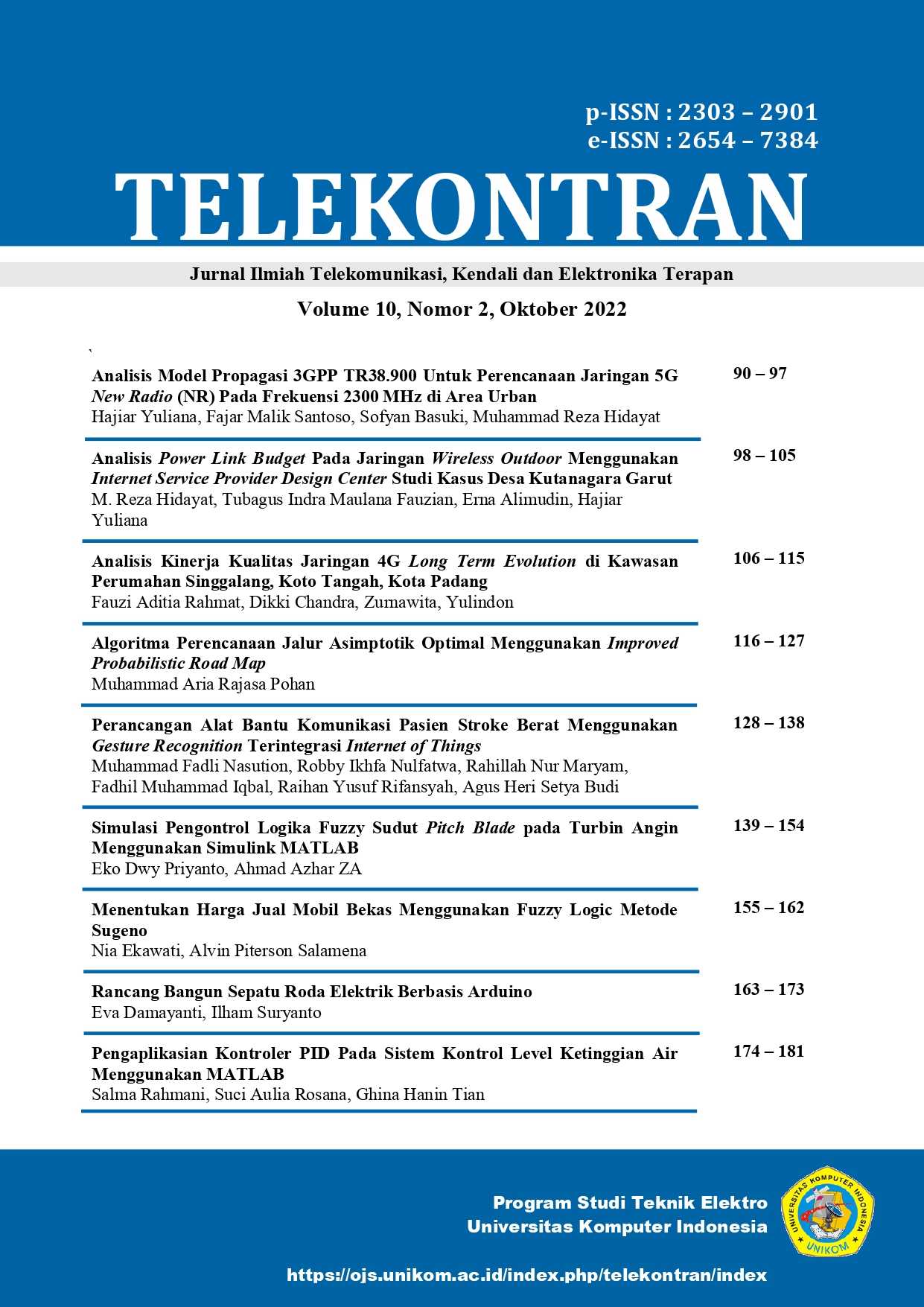Smart Assistive Device: Communication Tool for Severe Stroke Patients With Gesture Recognition Based on the Internet of Things
Main Article Content
Abstract
Stroke is the highest cause of disability in the world. Most post-stroke patients experience a decrease in motor function and make the patient experience difficulties in carrying out daily activities so that they need assistance from a companion. As a result of dysartia experienced by patients, companions need to be on guard all the time by the patient's side to anticipate the patient's needs. This makes patient companions have limitations in carrying out their daily activities. Based on these problems, an innovative communication tool for post-severe stroke patients was created with gesture recognition based on the Internet of Things. This tool can assist patients in communicating their needs appropriately while at the same time making patient companions remain productive because there is no need to stand guard accompanying patients as long as they are not needed. The research method used is a planned experiment beginning with problem identification, literature study, product design, system integration, product verification and validation. Based on data analysis, the system is functioning properly, successfully sending daily activity notifications to the accompanying Android application when the patient wants to move. This tool is very useful for post-stroke patients as a tool to communicate their needs, and is also useful for companions so that time for caring for patients is not wasted. For further development, this tool can adjust the patient's motoric abilities that are still functioning, such as head movements, facial expressions, etc., as well as adding various types of activities to the tool.
Downloads
Article Details
Section

This work is licensed under a Creative Commons Attribution-ShareAlike 4.0 International license.
